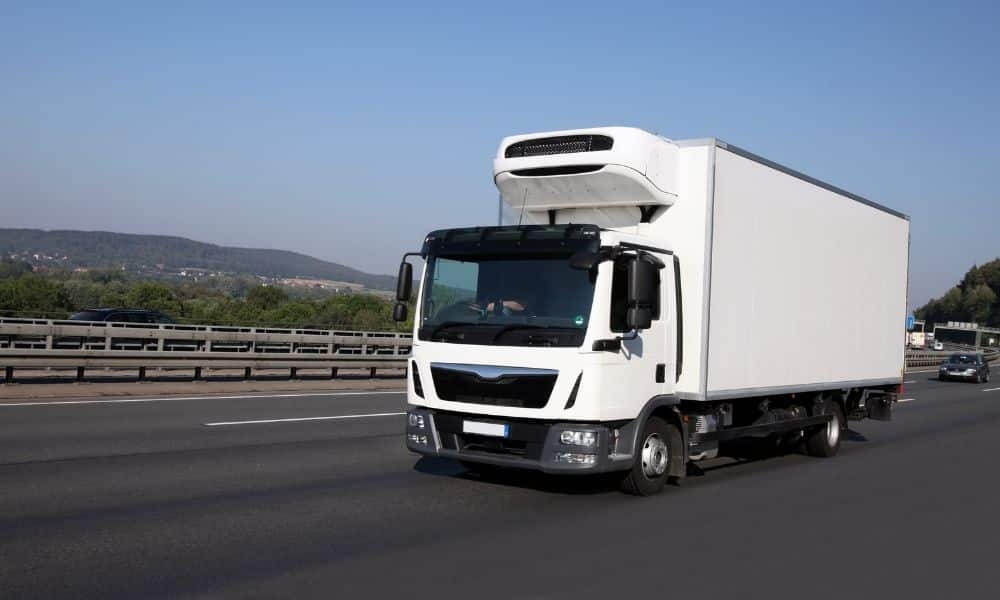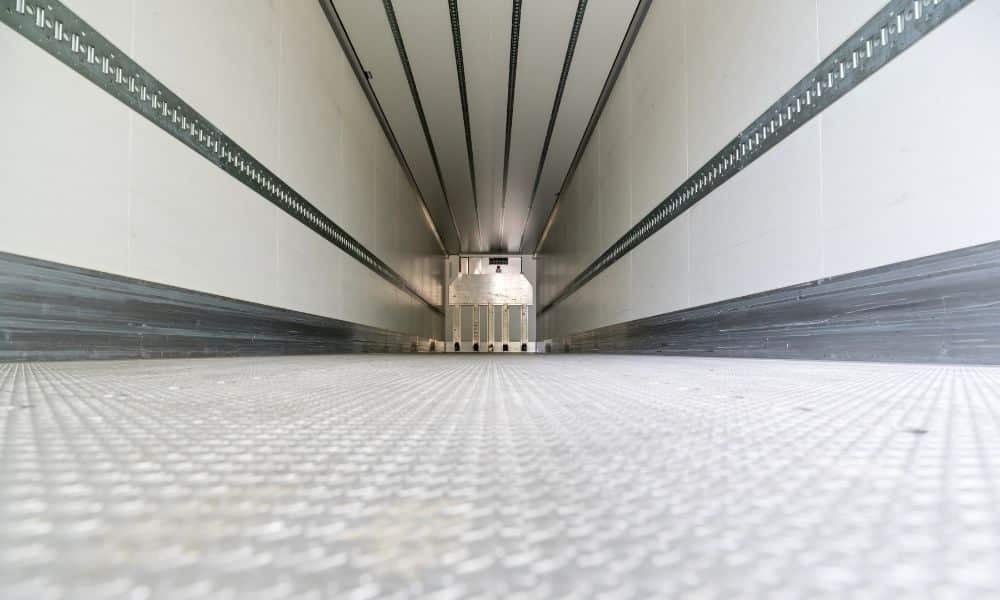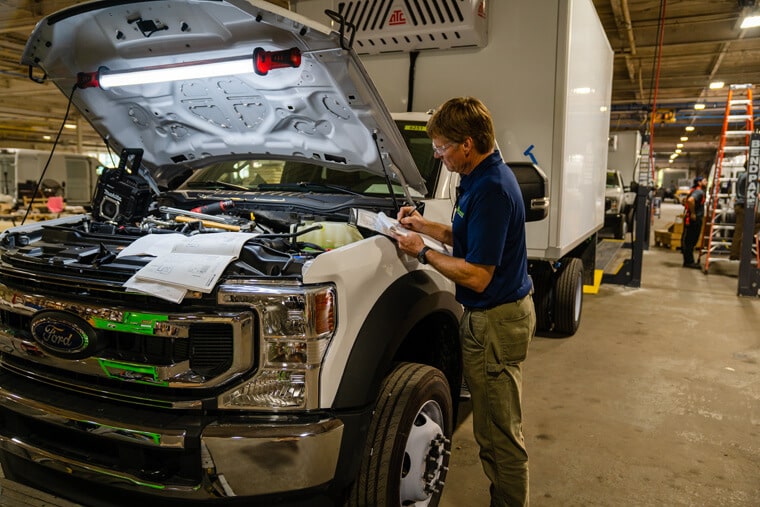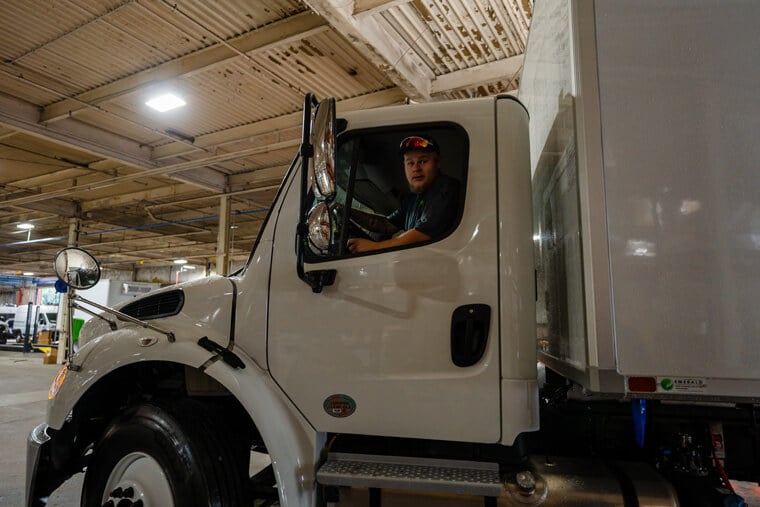
What Is Mechanical Refrigeration?
Joe Dickman | January 26th, 2021
Nearly every home in America has a fridge. We use it every day, but most people don’t know how this process works. The concept of keeping food cold isn’t new, but mechanical refrigeration wasn’t always around. If you’ve ever wondered “What is mechanical refrigeration?” then you’ve come to the right place. For more information about the history and everyday uses of mechanical refrigeration, see our guide.
Mechanical Refrigeration Defined
You might be asking yourself “What is mechanical refrigeration?” This is the process of removing heat from a space where it isn’t wanted. The receiver contains the excess refrigerant. High pressure then pushes the refrigerant to the expansion valve. Here the pressure drops from high pressure to low pressure. The refrigerant then flows to the evaporator. Here the heat from the food flows to the evaporator. This causes the refrigerant to boil, changing from a liquid to gas. The gas then makes its way to the compressor, then the suction valve opens and the gas is compressed. Now the gas is at a high temperature and high pressure. As the refrigerant loses heat, it becomes a liquid again. The cycle is completed as the refrigerant returns to the receiver.
The Evolution of Refrigeration
Developing mechanical refrigeration took quite some time. Although scientists and engineers attempted development in the 1800s, it took time to fully develop the fridge as we now know it. In 1899, Albert Marshall patented the first mechanical refrigerator. Before refrigeration was developed, people relied on nature to keep their food cold. For centuries, people harvested ice and transported it across the country. The development of mechanical refrigeration allows people to keep food cold while also minimizing health risks associated with spoiled food.
How It’s Used Today
Today, mechanical refrigeration is used for various reasons. The obvious use for mechanical refrigeration is the fridge in your home. Grocery stores also use mechanical refrigeration to keep food cold. This process is also used to transport food or drinks across the country. Mechanical refrigeration is utilized by trucking companies to transport goods that require cold temperatures.
At Emerald Transportation Solutions, we have a variety of refrigerated vans for sale. Our vans are equipped to keep your goods at the perfect temperature. We have various sizes available to suit any business’s needs. Please reach out if you have any questions, as we would be more than happy to help.
Related Articles
Contact Us
Feel Free To Contact Us If You Have Any Questions
What does under DOT mean?
Questions regarding DOT requirements come up often. 10,000 lbs GVW (gross vehicle weight) and over are commercial vehicles that fall under the Department of Transportation regulatory requirements.
What is the difference between GVW and payload?
GVW or Gross Vehicle Weight is the entire weight of the vehicle including the payload. The payload weight represents the amount of cargo you are hauling.
What is a self-powered unit and a vehicle-powered unit?
A self-powered unit has its own fuel source and will run independent of the truck. This is the heaviest and most expensive option. While vehicle-powered units run off the engine via a compressor mounted on the engine. These are less expensive and lighter in weight but you must run the truck or plug the electric standby into shore power.
What does K-factor mean and why is that important?
K-factor is a term that stands for the overall insulating value of the container (truck body). Quite simply the lower the K-factor the better the truck body will be able to maintain a given temperature and require less energy to do so.
How much lighter is a Poly Van vs a US spec body?
Poly Van bodies are very light. On average we estimate we are 75-150 lbs per foot lighter than a traditional sheet and post foamed in place body. These weight savings translates to less fuel burn and less CO2 emissions, along with added payload, the most important benefit.






